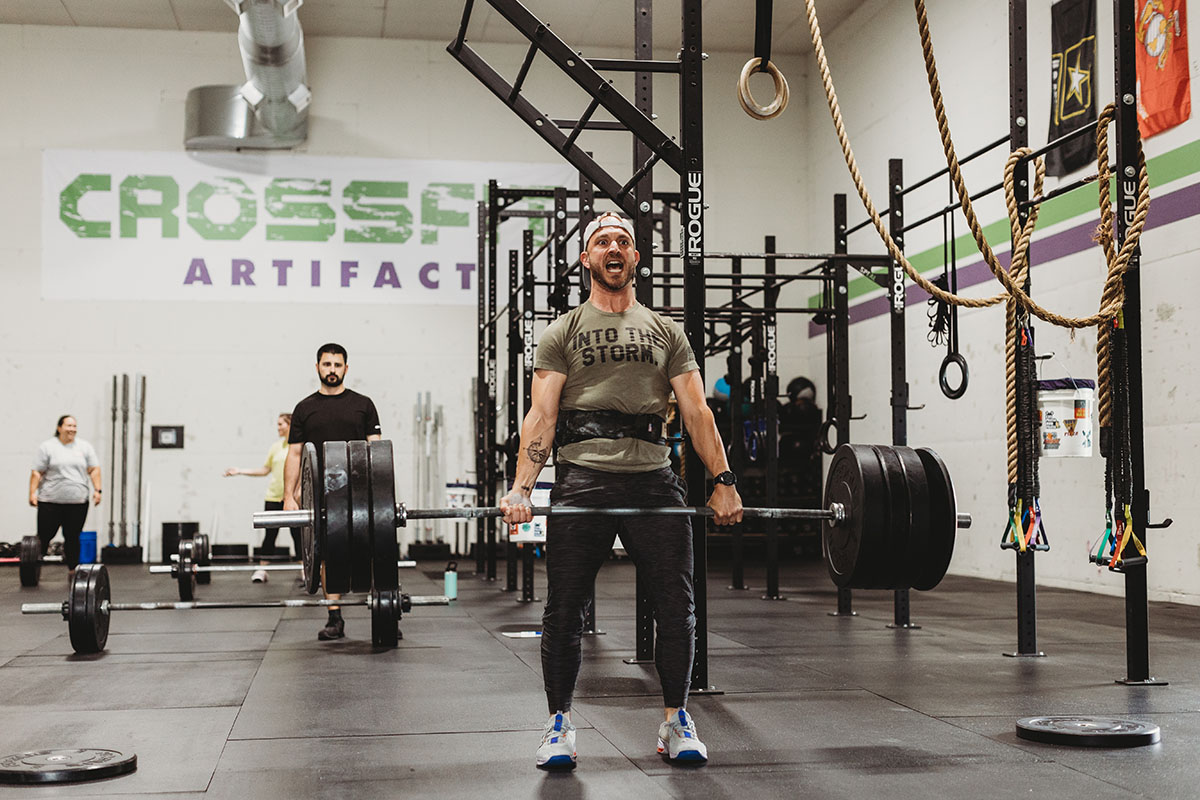In this blog post, we’ll go over why we incorporate heavy days into our programming, why they’re important, who should do them, and why you should make them a priority.
What? It’s just a lift?!
Opening Wodify and scrolling to see the workout for the following day is something we probably all look forward to. For some, it’s to plan their gym attire. For others, it’s to set a game plan for how they’ll tackle each component.
What runs through your head when you open Wodify and it’s “just” a lift? Just a back squat? Just a deadlift? Just a push press? What’s that all about?
People often characterize CrossFit as mixed-modal workouts alone, but this doesn’t give us the whole picture.
Heavy Days are an essential part of the CrossFit methodology and an important part of every athlete’s training.
As managing editor of The CrossFit Journal states: “But, “In general, longer and more are not “better” in the CrossFit world; they are only part of the constantly varied CrossFit world. CrossFit’s Third Fitness Standard (also outlined in “What Is Fitness?”) states that total fitness demands training in each of three metabolic pathways: phosphagen, glycolytic and oxidative. The first, the phosphagen system, is trained predominately with efforts of about 30 seconds or less—think sprints, weightlifting, powerlifting and short maximal efforts. Ignore this metabolic pathway at peril to your overall fitness.”
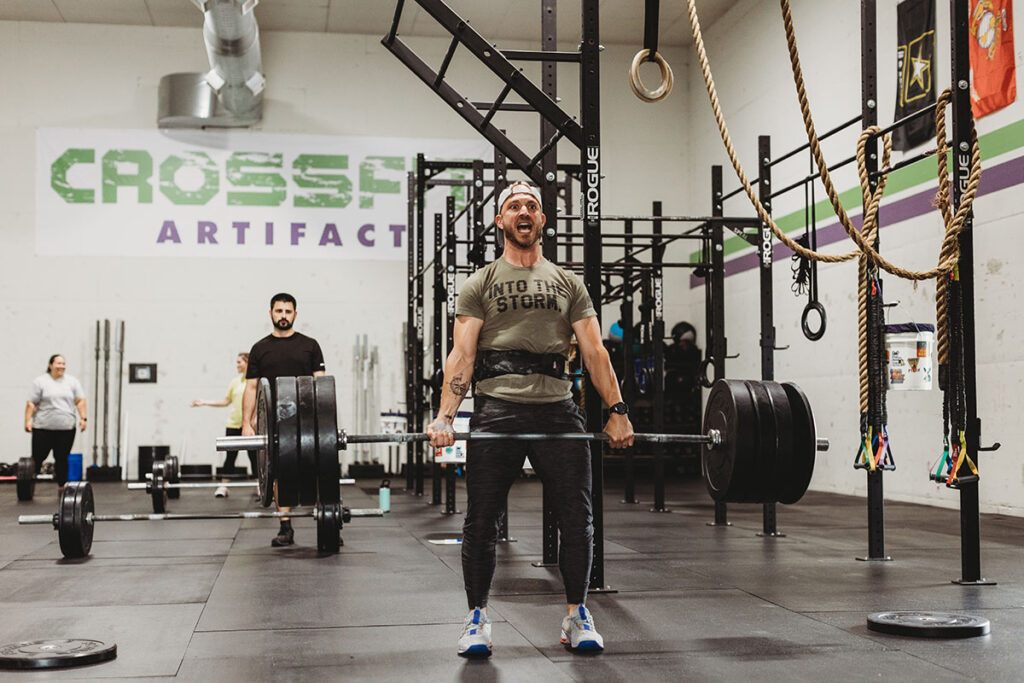
What’s the purpose of a Heavy Day?
Heavy Days are essential to building top-end power. An athlete’s power output decreases over time, so their work capacity in shorter time domains would set the bar for their entire curve. Per The CrossFit Journal, “It is possible to have high levels of short-duration power and little power elsewhere (e.g., a powerlifter), but it is impossible to have low levels of short-duration power and higher levels of longer-duration power. Therefore, heavy days are essential to a general physical preparedness program and should be used at least once a week or once every two cycles.”
To be a true Heavy Day, workout sets must consist of small sets, most often between 1 and 5 repetitions, with the total volume between 7 and 25 total repetitions. If we were to go outside this range, we would not see the desired results of a true Heavy Day.
Why? Too few repetitions will not adequately tax the muscles to form a new adaptation (increased cross-sectional areas of the muscle, selective hypertrophy of fast twitch muscle fibers, and ability to perform high repetitions on a sub-max load). Too many, and the muscles are too taxed and are unable to adequately recover in a reasonable time period.
Athletes should strive to work at 80-85% of their one rep max across all sets. Newer athletes should choose a moderate load at higher repetitions (i.e. sets of 8 back squats at a moderate weight instead of sets of 5 back squats at 85%).
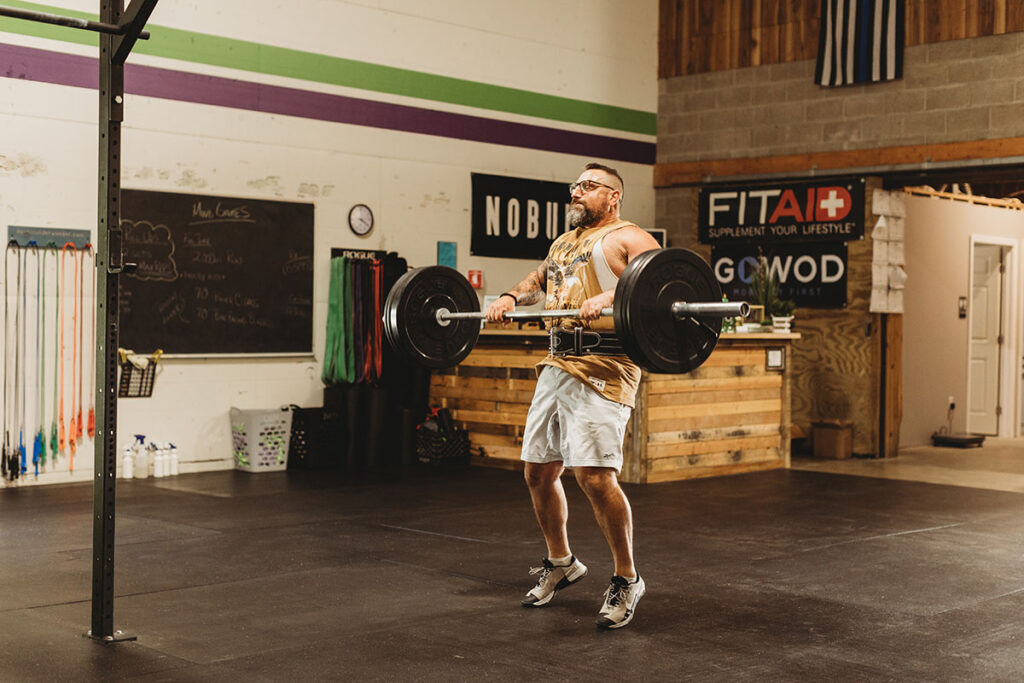
But where’s the MetCon?
An athlete can obviously build strength during a typical MetCon. For newer athletes, movements such as push-ups can build strength similar to that of a bench press. Similarly, performing multiple 95lb squats will build squatting strength. However, as an athlete advances, these movements will begin favoring other adaptations such as stamina. A true Heavy Day becomes essential to build that top-end power.
Maybe you walk out feeling like you didn’t accomplish anything. Perhaps you’re not leaving the gym dripping with sweat and out of breath. Here’s the reason: You are a part of a CrossFit Program.
Conditioning is definitely a big part of CrossFit (you know, the workouts that leave you in a puddle on the floor at the end). From benchmark workouts such as Fran to Cindy, Helen to Mary, the workouts range from short tests to longer challenges upwards of 20 minutes or more.
While several benchmark workouts fall into the category of conditioning tests, days devoted solely to strength training are essential to CrossFit programming and are absolutely ‘CrossFit’ workouts.
As CrossFit founder and former CEO Greg Glassman states, “The benefits of weightlifting do not end with strength, speed, power, and flexibility. The clean and jerk and the snatch both develop coordination, agility, accuracy, and balance to no small degree.”
Who should be showing up for Heavy Days?
Everyone! Whether you’re young or old, fit or unfit, a seasoned athlete or a complete beginner, Heavy Days should be a part of your workout routine.
Excluding Heavy Days for anyone, regardless of the aforementioned factors, will dull key strength adaptations.
We absolutely want every athlete to lift heavy with a challenging weight on Heavy Days, however, this heavy weight is relative to each athlete.
Our biggest focus as coaches at CrossFit Artifact is proper form and mechanics. This is especially important as load increases. Before anyone can safely lift heavy, correct form must be dialed in. We want to see quality movement and mechanics before adding load. Without this, we slow our overall progress. What’s the ultimate goal? Near perfection with every lift.
If you’re avoiding lifting workouts, you are missing out on a significant portion of the programming and will not progress or get as fit as you would had you grabbed a heavy barbell and got used to being under heavy load every once in a while.
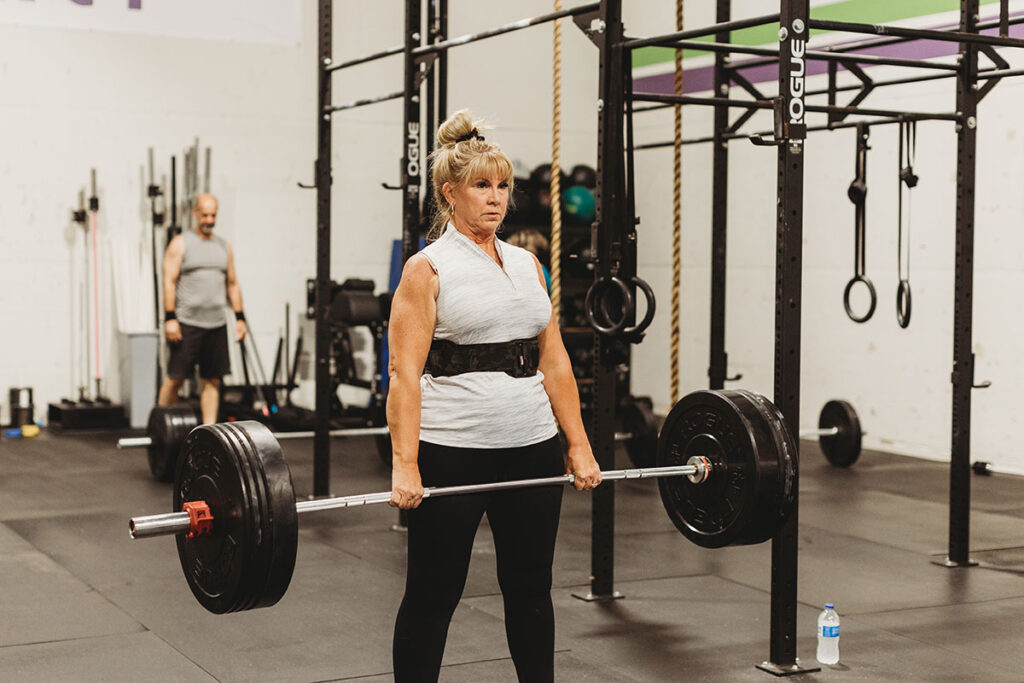
Why make Heavy Days a priority?
Heavy Days allow the athlete to work on a single movement throughout the entire class. This also allows the coach additional time to correct movement technique.
These days are an excellent and unique opportunity for the athlete to work all energy systems.
You’re going to get stronger!
Heavy Days allow athletes to not only build strength, but bone density, and (probably) most importantly, CONFIDENCE!
Ultimately, Heavy Days allow us the opportunity to “improve mechanics, acquire new skills, and see progress in a modality vital to developing work capacity across broad time and modal domains — i.e., fitness.”
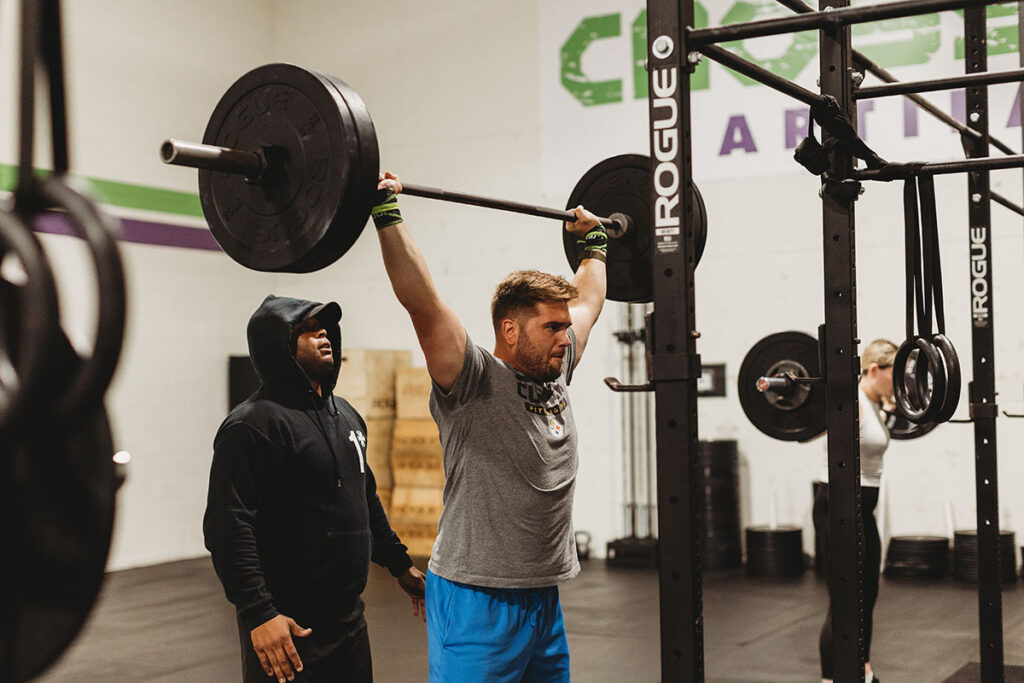
Don’t short yourself and miss a Heavy Day. We can’t wait to see you at the bar(bell) to get it done!
Have a question about Heavy Days that we didn’t answer in this post? Grab your coach and have a chat!


